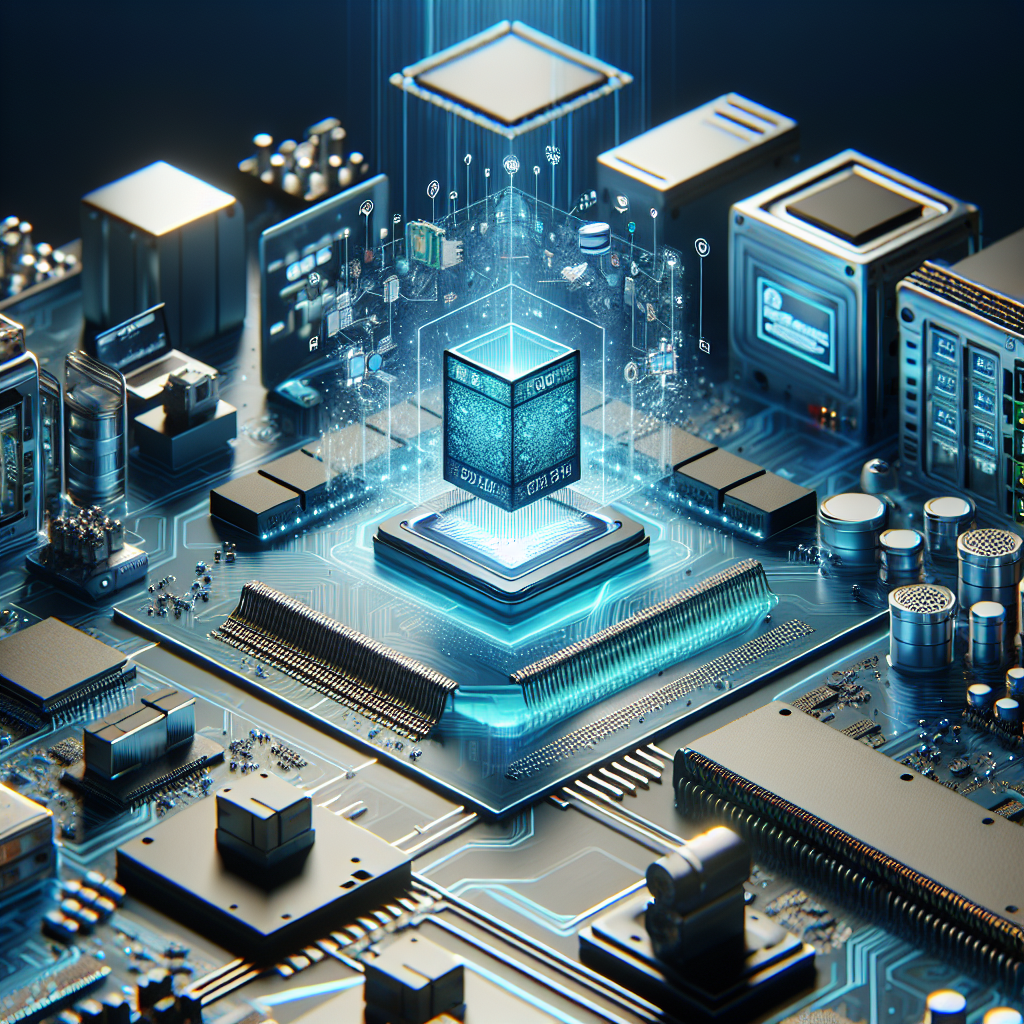Non-volatile memory, also known as NVM, is a type of computer memory that retains stored information even when the power is turned off. This is in contrast to volatile memory, such as RAM, which loses its data when the power is disconnected. Non-volatile memory has been a crucial component in modern computing systems, enabling devices to store data and programs for long periods without the need for continuous power supply.
In recent years, there have been significant advancements in non-volatile memory technology, leading to innovations that promise to revolutionize the way we store and access data. These innovations have the potential to greatly improve the performance and efficiency of computing systems, as well as enable new applications and use cases.
One of the most exciting developments in non-volatile memory technology is the emergence of new types of memory, such as resistive random-access memory (RRAM) and phase-change memory (PCM). These technologies offer faster read and write speeds, higher durability, and lower power consumption compared to traditional non-volatile memory technologies like flash memory. This makes them well-suited for a wide range of applications, from data storage in consumer electronics to high-performance computing in data centers.
Another important trend in non-volatile memory technology is the integration of memory and storage into a single device, known as storage-class memory (SCM). SCM bridges the gap between traditional memory and storage technologies, offering the speed and low latency of memory with the non-volatility and capacity of storage. This enables new possibilities for in-memory computing, where data processing is performed directly on the memory, without the need to transfer data back and forth between memory and storage devices.
In addition to these technological advancements, the future of non-volatile memory is also being shaped by new applications and use cases. For example, non-volatile memory is playing a key role in the development of artificial intelligence and machine learning systems, where large amounts of data need to be stored and accessed quickly. Non-volatile memory is also being used in autonomous vehicles, IoT devices, and other emerging technologies that require fast and reliable data storage.
Overall, the future of non-volatile memory looks bright, with continued innovations driving improvements in performance, efficiency, and reliability. As new technologies and applications continue to emerge, non-volatile memory will play an increasingly important role in shaping the future of computing. It is clear that non-volatile memory will continue to be a key enabler of technological advancements in the years to come.


Leave a Reply